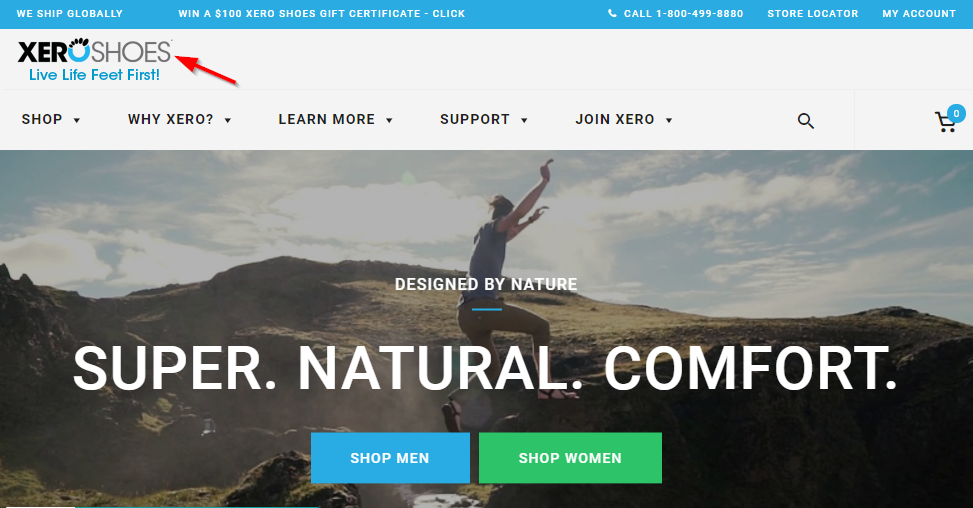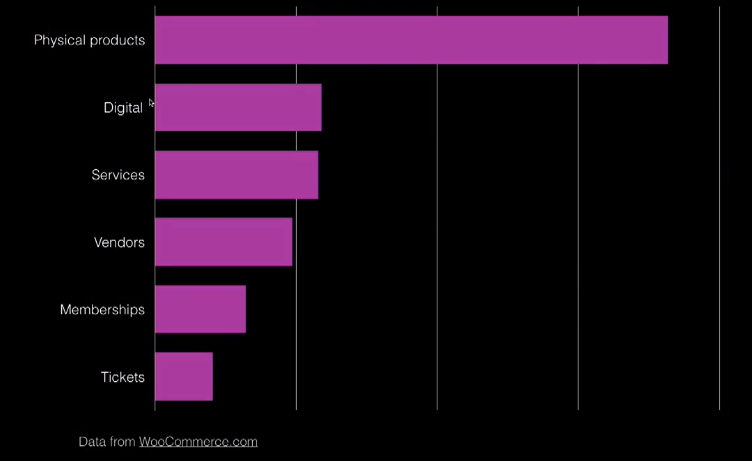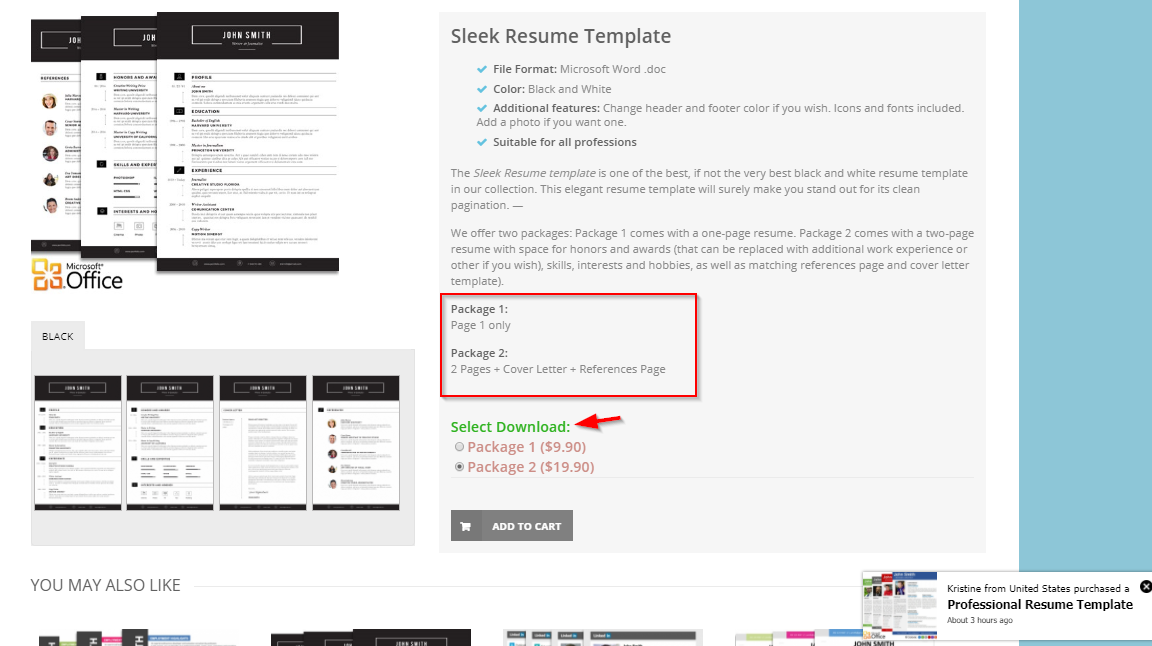Why Choose WooCommerce: 6 Rebuttal-Proof Pros That Beat All Cons
WooCommerce today powers 1.7 million sites and that’s 40% of all online stores.
This by no means, a small feat.
If you’re wondering whether you should choose WooCommerce to run your store…
Or maybe you’ve recently chosen WooCommerce for your business but you want to be sure that you made the right choice…
Then you’re at the right place.
In this post and video, I’ll share with you pure facts that show how WooCommerce has emerged as a powerhouse platform.
Let’s get started.
Let’s look at reasons why choose WooCommerce:
Contents
- 1. After Automattic Acquired WooCommerce in 2015, It’s Become Bigger, Better and More Powerful
- 2. WooCommerce Scales as Your Business Scales
- 3. WooCommerce Adapts to the Type of Products You’re Selling
- 4. WooCommerce and WordPress are the Best of Friends and This is a Blessing for the SEO of Your Online Store
- #5. WooCommerce Has a Growing Library of Extensions
- #6: WooCommerce Has a Voracious Community Powering It
1. After Automattic Acquired WooCommerce in 2015, It’s Become Bigger, Better and More Powerful
During the WooConf 2017, Todd Wilkens, head of WooCommerce at Automattic said:

“WooCommerce store owners are going to do $10 billion in sales this year (2017). That’s a conservative estimate. Some of our estimates show that’s more close to $15 billion.”
After the acquisition, Automattic identified where WooCommerce had drop-offs. And what made people switch to alternatives, then they fixed those leaks.
For example, Stripe and Paypal extensions became free of cost in 2016. Automattic realized that exchanging money is at the heart of running a business.
They also worked on the user experience of WooCommerce.
A new on-boarding wizard got introduced, it:
– Shows people how to set up the payment gateways and integrate them with the store. This is quite helpful because once you’re done with the on-boarding process, you’re ready to collect payments.
– Helps people set up taxes automatically. You simply have to toggle the button and the tax rates are calculated based on live sales tax rates based on customer location.
In an interview by Brian Krogsgard from PostStatus.com to eCommerce Fuel, Brian said:
“They’re just kind of learning and improving as they go, and they just didn’t really have the resources to keep up as a 25, 30-person team with WooThemes.
And Automattic has poured millions of dollars of development effort into the product and really done a lot to progress it. And this enables them to have this competition with Magento and Shopify in the first place.
The acquisition has proven to be a boon for WooCommerce.
And why not! The acquisition originated from a simple question that Matt Mullenweg was asked at a WordPress conference.

He was asked:
“When are you going to make it as easy to publish stores online as you’ve made it to publish websites?
People loved this idea!
And this made the acquisition an obvious and inevitable next step.
2. WooCommerce Scales as Your Business Scales
When WooCommerce was built, it wasn’t meant to scale that big.
But today things have changed.
Steven Sachen, the founder of a popular store, XEROShoes didn’t start out on WooCommerce but a self-hosted version of Big Commerce.

What led them to make a shift to WooCommerce was that they needed a solution to manage inventory for product bundles.
WooCommerce had an extension for bundles. This coupled with the fact that WooCommerce is a free, open-source platform- made it a great deal.
In ad interview to SellWithWp, Steven Sachen said:
“We had 220,000 concurrent sessions on our website when we were airing. When we aired, we were on a run rate of $1 million revenue for the year. We’re around six times bigger than what we were on the show.”
So WooCommerce can scale to that level and beyond.
Chris Lema from ChrisLema.com highlighted a unique metrics to define scale during WooConf 2016.
He mentioned about Colorpop a project that he worked on and during Black Friday Cyber Monday -they clocked 2000 ‘Add to Cart’ per minute.
That’s about 120k per hour! That’s indeed a unique metrics to measure the scale.
3. WooCommerce Adapts to the Type of Products You’re Selling
The data from WooCommerce.com shows that physical products continue to be the dominant product type.

But people are also using the platform to sell other product types. Such as digital products, services, subscriptions, memberships, even online courses.
You can sell downloadable products and protect certain pages of content only accessible after the payment is done.
You can completely eliminate everything about shipping details. Many eCommerce carts are not built to support that kind of variation.
For example- take a look at this store – Trendy Resumes– allows you to download creatively designed resumes at a cost:

4. WooCommerce and WordPress are the Best of Friends and This is a Blessing for the SEO of Your Online Store
I’m sure that you appreciate the importance of writing content to educate prospects about your products.
You maybe selling physical products but you cannot underestimate the importance of articulating the use cases of your products.
You need to put out educational content that tells people how to use the products and also handles their objections.
It answers frequently asked questions or even highlights and addresses ‘should ask questions. So writing blog posts and crafting the right set of stories is becoming more and more important.
Now the advantage that you get with WooCommerce is that it is all powered by WordPress which means you can use WordPress to write your blog post and WordPress has a great SEO.
So it is in really good terms with Google which is an advantage that no other e-commerce.
#5. WooCommerce Has a Growing Library of Extensions
WooCommerce is open source and built on top of WordPress. This gives you access to more than 50,000 free WordPress plugins and many more paid plugins.
You can use these add-ons to do a whole of stuff. For e.g.- add payment gateways, lead generation, SEO optimization, to put up countdown timers, rescue abandoned carts. Almost everything you can think of!
Several third-party extension developers come from the background of running their own WooCommerce store. Or of working on freelance projects for their clients.

This makes them familiar with the problems that you as a WooCommerce store owner may be facing.
Steven Sashen from XeroShoes.com highlighted he’s using 79 plugins in his WooCommerce store.
Half of which are for WooCommerce itself and the other half is for WordPress.
Now you may think, ’79! That’s a huge number!’ Do you really need these many plugins to run your store successfully?
Well let me actually answer that question for you:
Yes, that’s a big number. But it also means that there is a plugin available to solve almost every use case. Or every need that you may face while running your store.
So no more coughing up thousands of dollars on custom development work. More often than not, solving a typical use case or a need will be as easy as installing and activating a plugin.
Now obviously this advantage is also available to Shopify store owners where there’s an entire app store at their access. But often the apps come at a monthly rental.
When you add up the cost of all the apps, you might actually end up paying a huge cost as a rent for running your online store.
This is not the case for WooCommerce, where the prices are often competitive and one-time.
#6: WooCommerce Has a Voracious Community Powering It
With 13 to 15 global and about 1,200 meetups in WordPress scheduled to happen this year alone, there’s clearly a huge community at the back of it.
What this means to you as a store owner is the fact that this community has the power to contribute to the WooCommerce core.
There’s constant development, updates and bug-fixing happening at a rapid pace. All of which, is making WooCommerce a powerhouse player.
If WooCommerce market share continues to grow at the same rate, it could easily pass 50% of all online stores in 2017. With 53 meetups scattered across the globe – from Tokyo to Mumbai to Vancouver, the plugin is embracing the community factor that has made WordPress a success. – Sarah Gooding, WPTavern
So if you do have an online store which is powered by WooCommerce, do leave a comment.
And let me know, what are the unique advantages that make you WooCommerce special for your business.
Also I’ll be happy to read any cons that you have come across so far. Or anything that you feel needs to be improved.
Lets talk in the comments.
